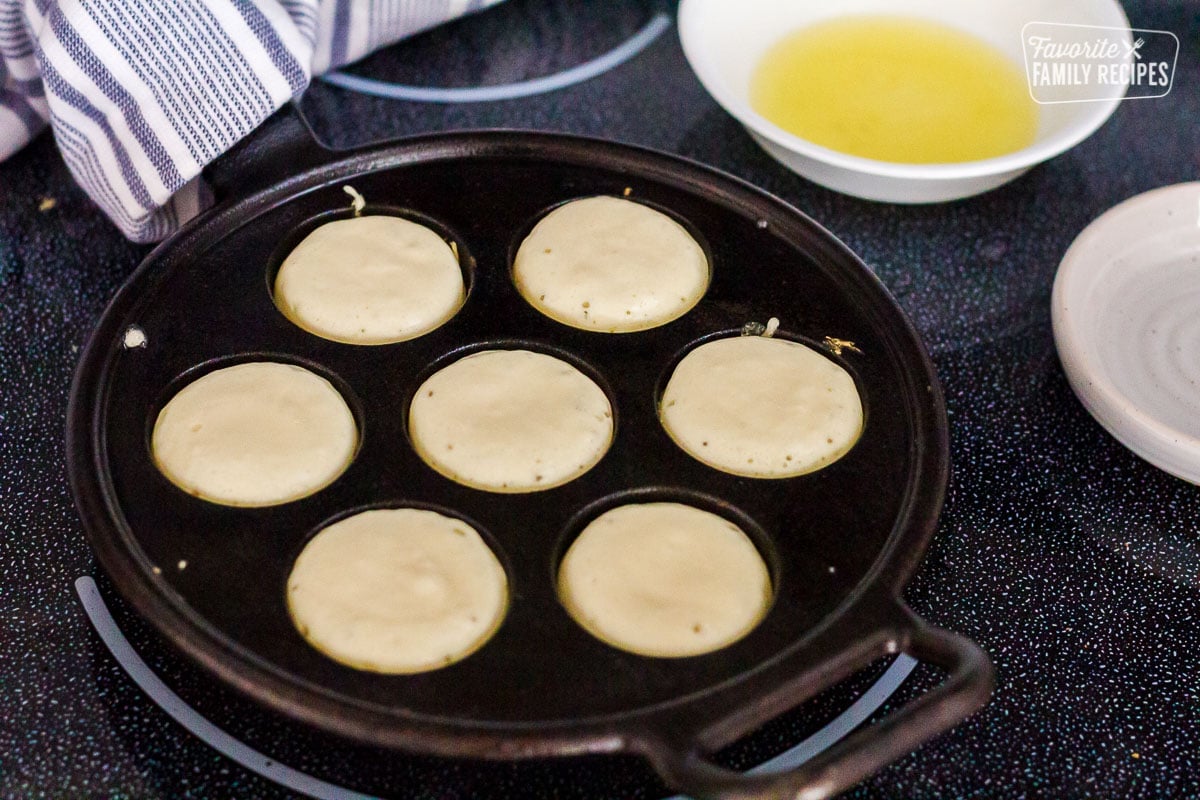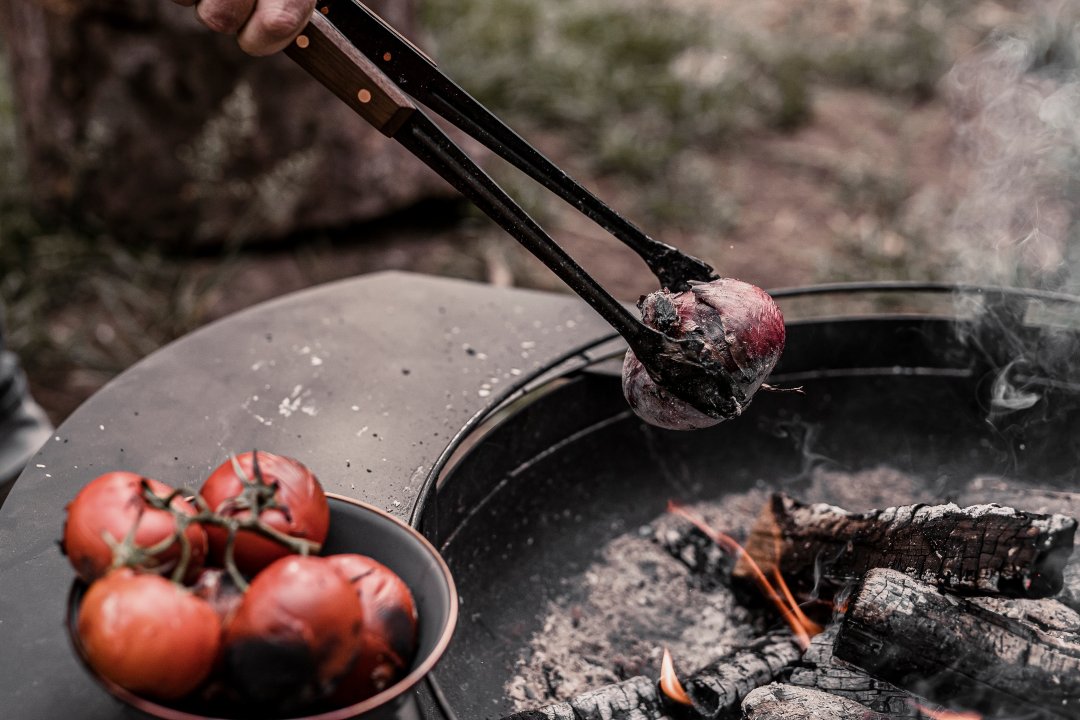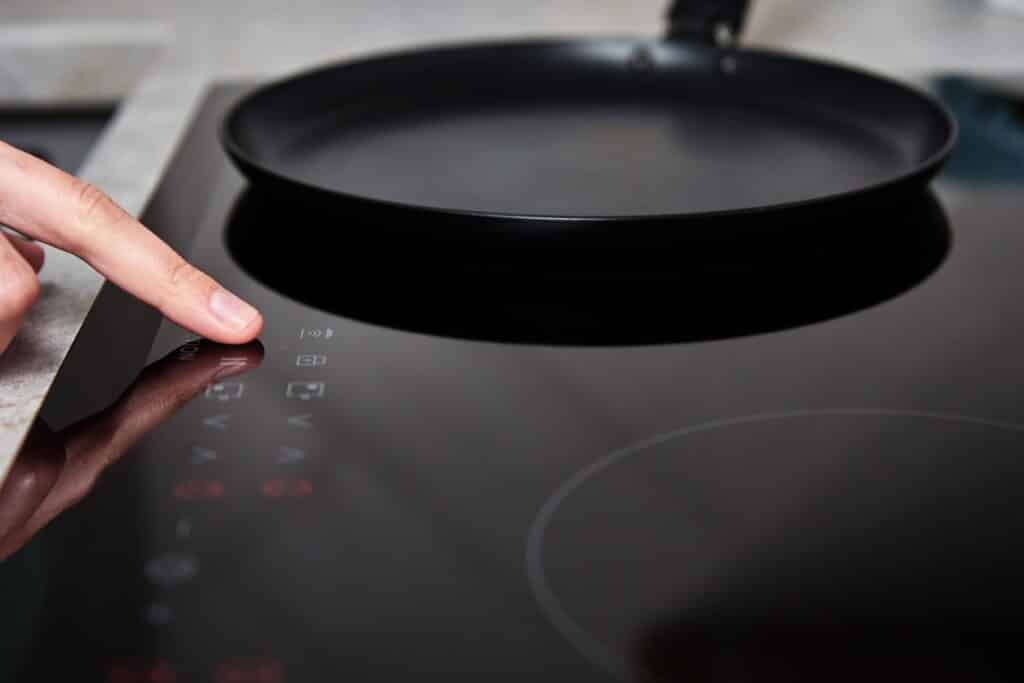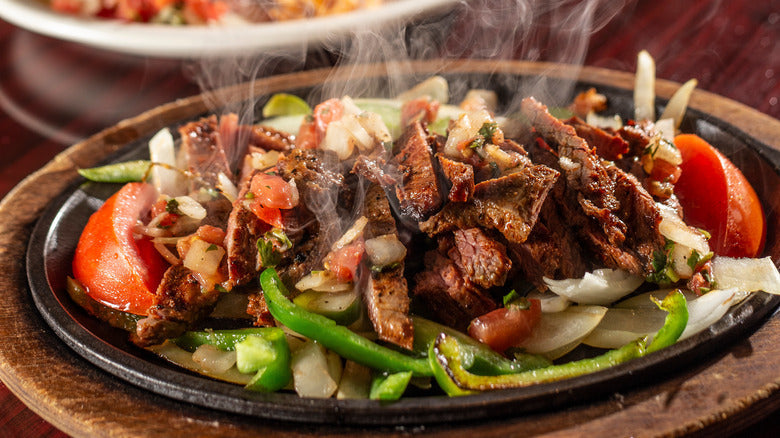When we delve into the art of southern cuisine, one cannot ignore the iconic presence of the cornbread pan. It has transformed kitchens across America, particularly the Southern states, into havens of culinary heritage and innovation. The humble cornbread pan has a long and intriguing history, serving as a canvas for family recipes and a symbol of hospitality.
Today, kitchen professionals carry forward the legacy of this essential kitchen tool, bringing to life both tradition and creativity in every home. Understanding the evolution of the cornbread pan offers insights not only into culinary history but also into the ever-evolving preferences of chefs and home cooks alike.

The Origins of the Cornbread Pan: A Step Back in Time
The cornbread pan dates back to a time when cornbread was a staple in every households diet. Originally, cornbread was baked in wooden trays or clay vessels over open fires. The practicality and regional availability of cornmeal made it an enduring presence on the dining table.
As we moved forward into the 19th century, the production of cast iron surged, enabling the manufacturing of the first durable cornbread pans. Cast iron's capacity to evenly distribute heat made these pans indispensable for achieving the perfect golden-brown crust that we associate with authentic southern cornbread today. This transition marked a significant shift towards more adaptive cooking tools in American kitchens.
Significance in Southern Culture
The South is renowned for its culinary heritage, and the cornbread pan is central to this narrative. Southern cornbread traditions emphasize stone-ground cornmeal, resulting in diverse styles ranging from crumbly to cake-like textures. The Top Cornbread Recipes highlight the adaptability of this tool, emphasizing its importance across different Southern kitchens.
Modern-Day Innovations in Cornbread Pan Design
Today's kitchen professionals have seen significant innovations in cornbread pan designs. From the classic cast iron options to silicone and non-stick variations, each material offers distinct advantages and challenges. The modern cornbread pan often comes with divided sections, allowing for the creation of perfectly sized individual servings.
The versatile structure of contemporary cornbread pans encourages versatility and creativity in dishes beyond traditional cornbread. The Aebleskiver Pan Uses illustrate how chefs and home cooks alike test the bounds of this humble pan, often integrating global influences into their cooking.
Adapting to Evolving Cooking Practices
The evolution of the cornbread pan reflects broader trends in the culinary world, where the quest for diet-friendly and energy-efficient practices is ever-present. Innovations, such as lightweight and easy-to-clean materials, are aligned with the demands of contemporary kitchens. To achieve the best results, an understanding of using a Cornbread Pan effectively can ensure superior quality in every baking venture.
Maintaining the Legacy of the Cornbread Pan
Kitchen professionals understand the importance of preserving the quality and longevity of their tools. Proper maintenance of your, ensuring they are preserved for future generations of culinary aficionados to enjoy. Regular seasoning and cleaning can significantly extend the life of a cast iron pan, which is often the material of choice for authentic cornbread recipes.
However, maintaining a cornbread pan involves more than just cleaning. Creative chefs are always experimenting with how best to incorporate these versatile pans in diverse culinary settings. The use of traditional pans in new and exciting recipes exemplifies how kitchen tools can transcend cultural and culinary boundaries.
Conclusion: Embracing the Cornbread Pan's Journey
The journey of the cornbread pan is a testament to the resilience and adaptability of culinary traditions. As seasons change and culinary trends evolve, the cornbread pan remains a beloved staple in kitchens, both professional and personal. Understanding its history allows chefs and home cooks alike to appreciate its place in the evolution of our culinary experiences.

Frequently Asked Questions
What materials are modern cornbread pans made from?
Modern cornbread pans come in a variety of materials, including cast iron, non-stick, and silicone, each offering different benefits for the cooking process.
Why is the cast iron cornbread pan so popular?
Cast iron is favored for its superior heat distribution which ensures even cooking and a perfect crust, an essential quality for traditional Southern cornbread.
How can I maintain my cornbread pan?
Proper maintenance involves regular cleaning and seasoning, especially for cast iron versions, to prevent rust and maintain its non-stick qualities.
This article contains affiliate links. We may earn a commission at no extra cost to you.






Leave a comment
This site is protected by hCaptcha and the hCaptcha Privacy Policy and Terms of Service apply.